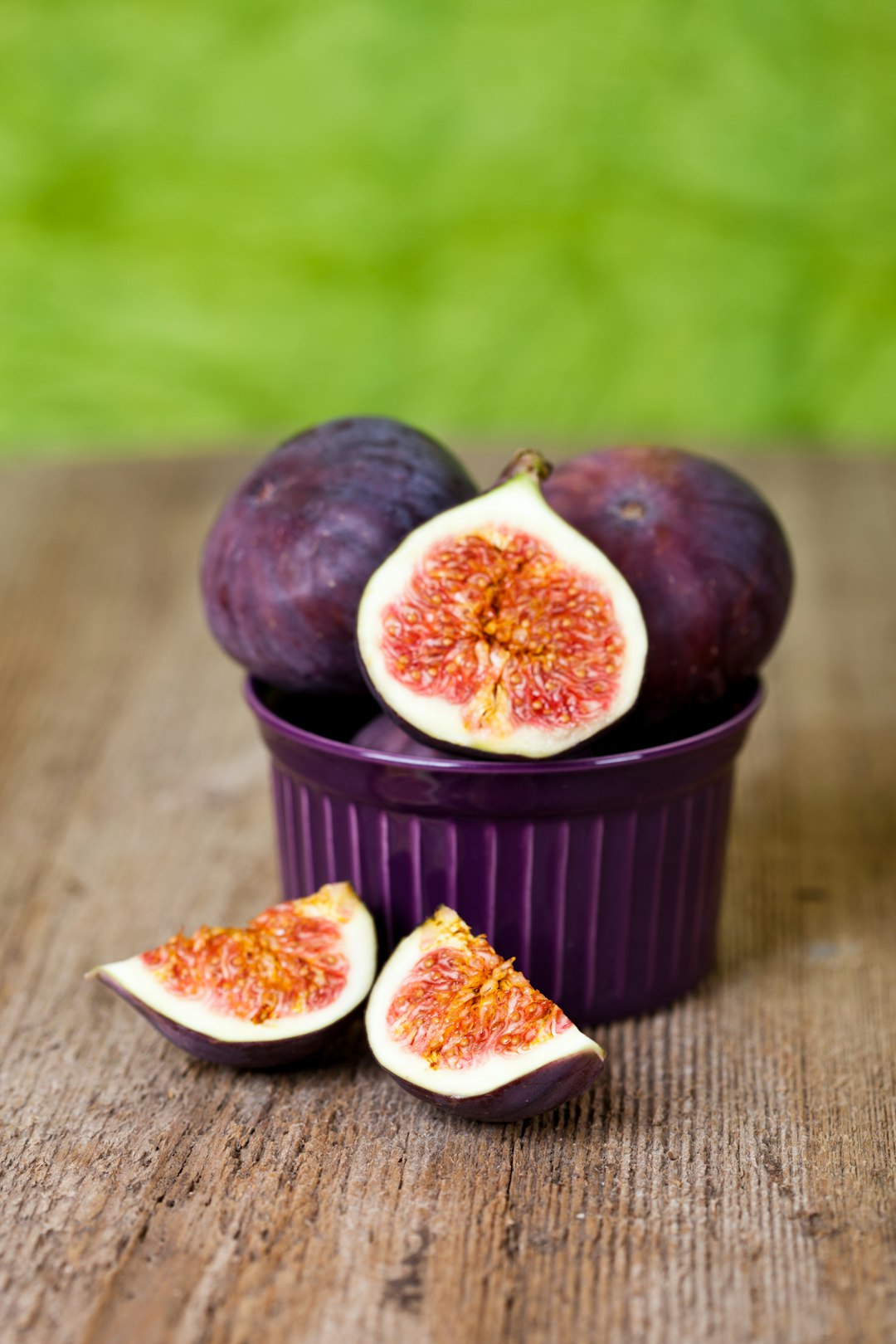Are you looking for a sustainable and effective way to enhance your garden soil and cut down on watering? Creating a DIY melon pit might just be the solution you've been searching for. In this step - by - step guide, we'll walk you through the process of making a melon pit that can transform your edible garden.
Why a Melon Pit?
Melon pits offer numerous benefits for an edible garden. Firstly, they act as natural water reservoirs. By collecting rainwater and slowly releasing it into the surrounding soil, they reduce the frequency of watering. This is especially crucial in areas with limited water resources or during dry seasons. Secondly, as the melon and other organic materials decompose in the pit, they enrich the soil with nutrients. The decomposed matter adds organic matter to the soil, improving its structure, aeration, and fertility. This, in turn, promotes healthy plant growth and can lead to higher yields of fruits and vegetables.
Step 1: Choose the Right Location
Selecting the appropriate spot for your melon pit is essential. Look for an area in your garden that receives ample sunlight, as most edible plants need at least 6 - 8 hours of direct sunlight per day. Also, ensure that the location is away from any underground utilities or structures. The pit should be placed in an area where water can easily drain into it, such as a slight depression in the garden or near a downspout if possible. It's also a good idea to position it close to the plants you want to benefit, like your fruit - bearing trees or vegetable beds.
Step 2: Dig the Pit
Dig a pit that is about 2 - 3 feet deep and 3 - 4 feet in diameter. The exact size can be adjusted based on the space available in your garden and the amount of organic material you have. Use a shovel or a spade to carefully remove the soil. Pile the excavated soil around the edge of the pit to form a small berm. This berm will help to contain the water and prevent it from flowing away too quickly. As you dig, break up any large clumps of soil and remove any rocks or debris.
Step 3: Prepare the Organic Materials
Collect melons that are past their prime or any other organic materials such as vegetable scraps, leaves, and grass clippings. Cut the melons into smaller pieces to speed up the decomposition process. You can also add some manure or compost to the mix to introduce beneficial microorganisms. Avoid using any materials that have been treated with pesticides or herbicides, as these can harm the plants in your garden.
Step 4: Fill the Pit
Start by lining the bottom of the pit with a layer of leaves or grass clippings. This layer will help with drainage and prevent the soil from clogging the pit. Then, add a layer of melon pieces and other organic materials. Alternate between layers of organic matter and soil from the berm. Make sure to pack the layers gently to remove any air pockets. As you fill the pit, sprinkle some water over each layer to keep the materials moist. This will encourage decomposition.
Step 5: Plant Around the Pit
Once the pit is filled, you can start planting around it. Choose edible plants that have similar water and sunlight requirements. For example, you can plant tomatoes, peppers, or melons themselves around the pit. The plants will benefit from the slow - release of water and nutrients from the decomposing organic matter in the pit. Dig small holes around the pit, place the seedlings or seeds in the holes, and cover them with soil. Water the newly planted area thoroughly.
Step 6: Maintenance
Regular maintenance is key to the success of your melon pit. Check the moisture level of the pit regularly. If it's too dry, add some water. You can also add more organic materials to the pit as they become available, such as kitchen scraps or fallen leaves. As the plants grow, monitor them for any signs of pests or diseases. Prune the plants as needed to ensure good air circulation and healthy growth. Over time, you'll notice that the soil around the pit becomes richer and more fertile, and your plants will thrive.
In conclusion, creating a DIY melon pit is a simple yet effective way to improve your garden soil and reduce watering needs. By following these steps, you can enjoy a bountiful harvest in your edible garden while being more environmentally friendly. So, roll up your sleeves and start digging your melon pit today!

